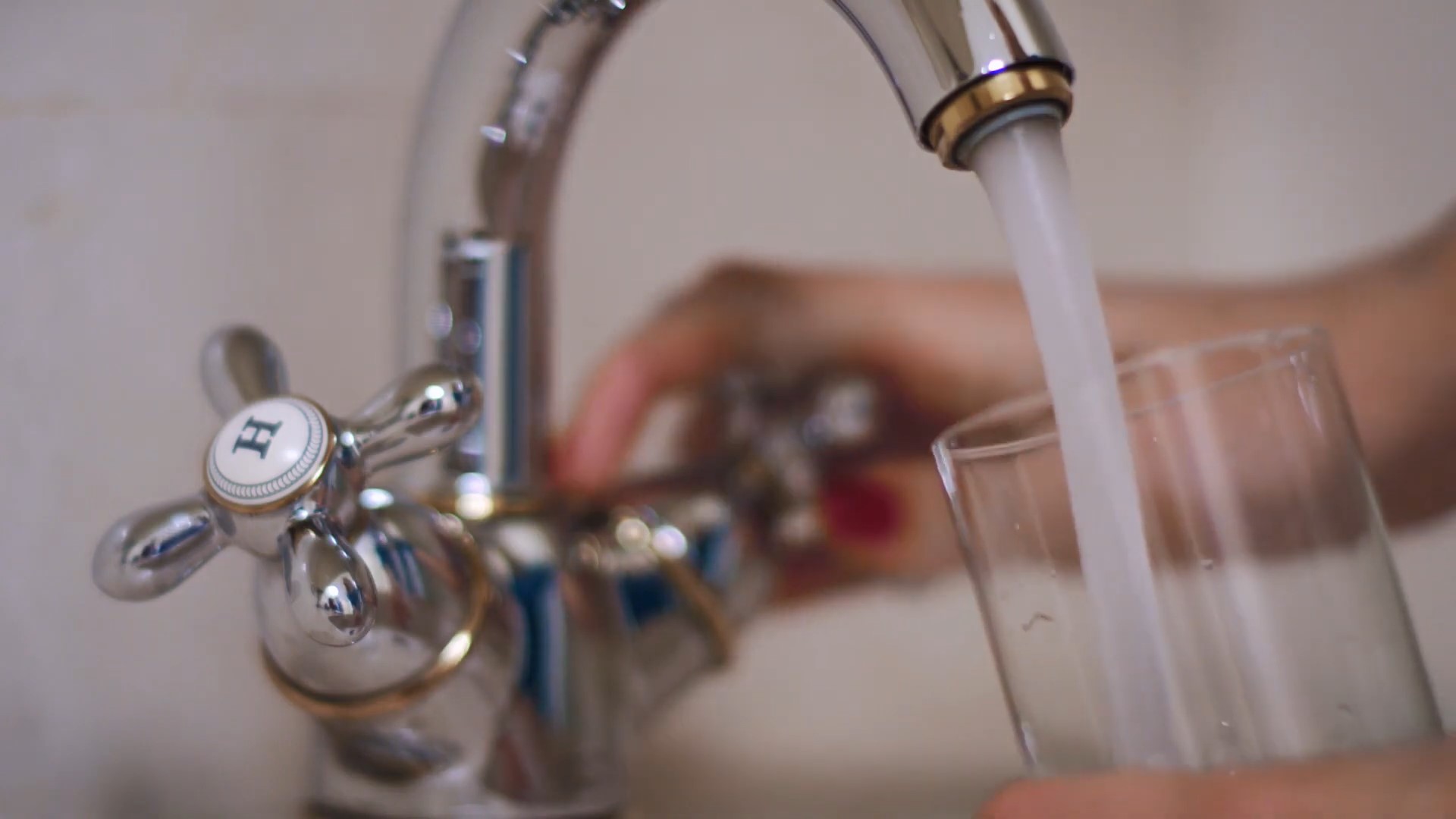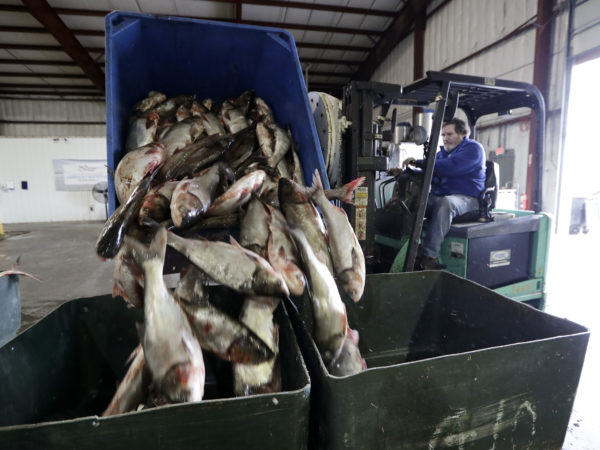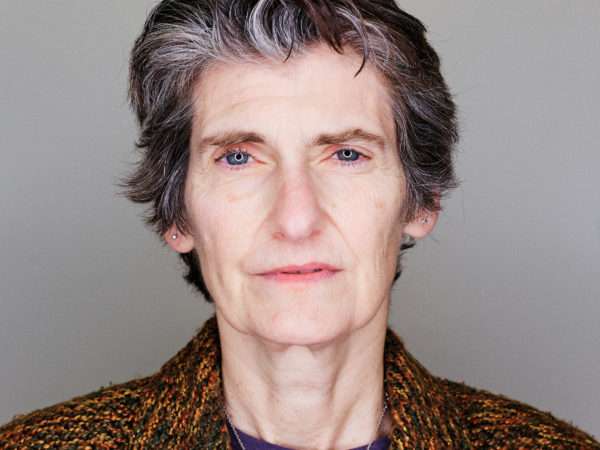
Author Peter Annin is known for tackling big issues.
Annin directs the Mary Griggs Burke Center for Freshwater Innovation at Northland College in Wisconsin and he made his mark on water with two editions of Great Lakes Water Wars, chronicling the threat of diverting water from the Great Lakes to arid areas and how the region responded.
Now, he is back with a new book that touches perhaps the third rail of water, recycling wastewater, essentially sewage, for drinking water.
The book is Purified: How Recycled Sewage is Transforming Our Water (Island Press, 2023). In an author’s note, Annin readily acknowledges the controversy and dissent, but says the push behind wastewater transformation is driven by a desperate need for water in many areas of the country.
Drought in California, overuse of the Colorado River and depletion of groundwater nationally have been well-documented. In California, lawmakers passed landmark legislation on groundwater management in 2014 but the state has yet to put the rules into effect, the New York Times reported in August.
But demand, and the emergence of younger generations who are more accepting of solutions based on technology, are leading more communities to consider the wastewater to drinking water option.

Photo courtesy of Island Press
It starts with a beer
Annin’s research took him to Texas, Florida, Virginia and more locales, but Purified begins in California where a water recycling expert offers him a beer. It’s a limited production craft beer made with recycled water, and he is challenged to drink it. Annin takes the beer, chills it in his hotel and does exactly that. “The beer tasted great,” he writes. But he has a question. Would millions of American beer drinkers be as receptive as he was?
Purified is Annin’s quest to answer that question.
“Trailblazing” San Diego
In 1997, drought-stricken San Diego was in the middle of what Annin calls a “$152 million trailblazing effort to add purified sewage to its drinking water.” Annin explains in detail the science and technology behind the project, how environmental, community and political leaders saw it and importantly, the way the media covered it.
He also chronicles discussions about what to call the end product. Advocates for it dutifully tried to debunk the derisive toilet to tap moniker that some of its critics had attached to repurification projects hoping to kill it, but the critics succeeded.
As Annin writes, “the recycling plan was mired in front-page controversy and blanketing the evening news.” The project stalled, and then one of its top technical executives finally accepted its fate. “It’s dead – dead in the water,” Annin quotes the executive as saying. The naysayers prevailed.
But that wasn’t the end of the story for San Diego.
Fueled by a younger generation undaunted by the previous wastewater to tap failure, a new initiative commenced in 2014. In 2021, construction began on a wastewater to drinking water project that could eventually supply 50% of San Diego’s water supply. Its marketing name is, “Pure Water San Diego.”
After writing about San Diego, Annin turns eastward, describing how El Paso’s “quiet leadership” goes to extraordinary lengths to make sure the water in its purification program is actually pure. And he documents Tampa’s failed initiative – doomed by denial that the Florida city had a water supply problem, according to a top Tampa water executive. “You have to be solving a problem and right now nobody thinks we have a problem,” the executive tells Annin.
Diversions
Annin ends Purified by making the case against large scale water diversions from places like the Great Lakes and the Mississippi River. Diversions are too costly and face significant geographical challenges, experts tell Annin. He quotes Wisconsin water executive Todd Ambs who chastises water-needy states with an eye on the Great Lakes for wanting to “steal the water from somewhere else.”
The region took the threat seriously. In 2008, after a years-long process, the eight states with support from Canada, banned large-scale diversions of water to places like Arizona.
A significant work
Annin’s Purified delves deep, which is what you would expect given he applies the same depth of research as in his Great Lakes Water Wars books.
His approach is not a glossy, high level look at the wastewater to tap issue.
He tracks down key players to get first-hand accounts of the complicated machinations involved when a water agency is trying to make the case for people to drink recycled wastewater. That includes the perspective of those whose initiatives failed. No small feat.
And he provides an educational service by expanding his reporting to Florida and Virginia, illustrating that water supply issues are broader than California and the arid southwest.
The cherry on the sundae is Annin’s writing style. He describes the intricacies of water technology, policy and politics in a manner that the casual reader can absorb. He dives deep enough to get the message across but not so deep that describing reverse osmosis will cause people to nod off.
Purified does have shortcomings. Conservation takes a back seat to technology which could lead readers to believe all will be well with our water supply if we just get the technology right. So why conserve?
In addition, Annin says the Great Lakes are protected by the Great Lakes Compact. That’s a narrow view and one that reminds me of a talking point used to sell the compact – that its protections were “ironclad,” as one Michigan advocacy group proclaimed. But, then Michigan Congressman Bart Stupak put a spotlight on its limitations saying it contained loopholes that “anybody could run a semi-truck through.”
And outside the scope of the Compact, Chicago can sell and ship water to locales beyond the Great Lakes basin without the compact’s rigor and scrutiny. And that’s what it did earlier this year when it announced a deal to sell Joliet and five additional municipalities water in a 100 year agreement. The action prompted Cleveland Plain Dealer editors to sound an alarm saying the deal should be a “stark warning for the Great Lakes Compact.”
In the end, Purified is about access to drinking water and the quality of it. Despite the fact we have the technology to ensure both, these are unsettled issues especially in places like Flint and Benton Harbor with limited resources compared to economically advantaged San Diego.
So the question Annin asks about whether Americans will be willing to accept recycled wastewater for drinking water remains open. But Purified provides a wealth of information to help people make that decision.
It’s a must read if you care about the water that comes from your tap.
Catch more news at Great Lakes Now:
Wisconsin agency’s expanded mission led to record $450 million investment in Milwaukee waterways
New University of Michigan led initiative expands climate research across borders
Featured image: Filling glass with water from faucet (Great Lakes Now Episode 1025)




